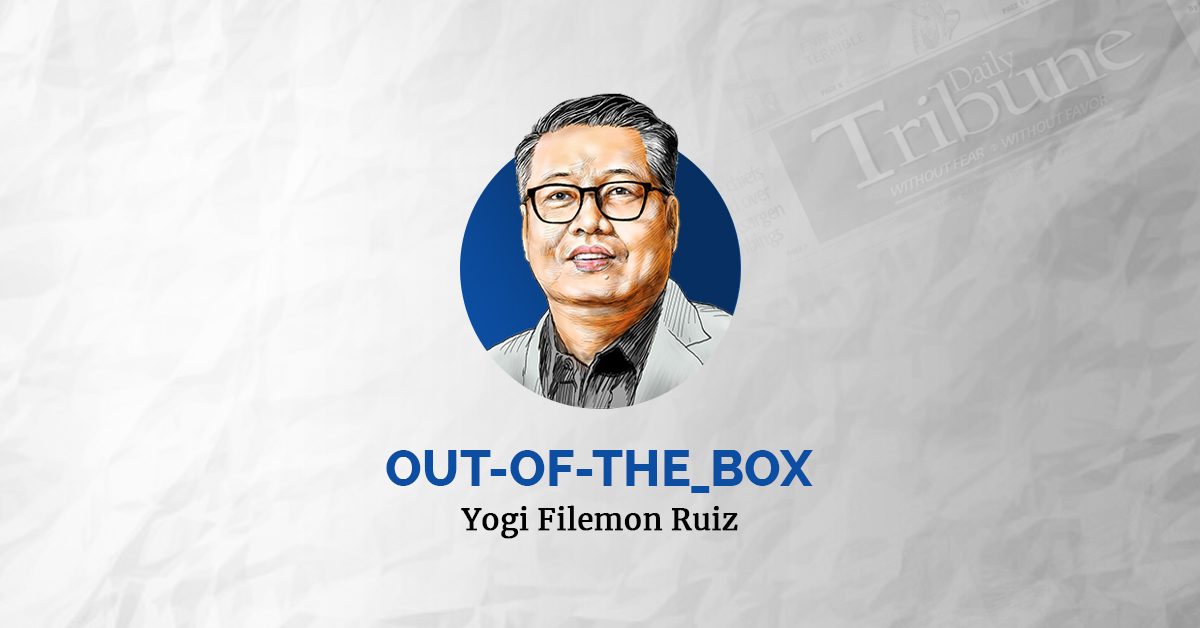As grade school students back in the day, one of the more important lessons drilled in our young minds was to know the basic needs of man.
In the relatively simple and peaceful universe we lived in then, we were told these were food (and water), clothing, and shelter.
Years later, a more sophisticated, technologically advanced, and complex environment exposed men to new challenges and corresponding changes. To that simple three-item list were added — apart from the basic physical needs — emotional, mental, and spiritual necessities, and a host of others, including, and most especially now, communication facilities or an Internet connection.
Within the Philippine setting, Undersecretary Dennis Mapa, our National Statistician and economist, appended health, education, and personal care as essentials. High on the list is food, and rightly so, for the nutrients we get from it make our bodies strong and healthy as these replace cells worn out from wear and tear. Yet a United Nations Sustainable Development Report released last year revealed alarming news: between 720 million and 811 million persons were suffering from hunger, roughly 161 million more than in 2021. And in the same year, a staggering 2.4 billion people, or above 30 percent of the world’s population, were moderately or severely food insecure, lacking regular access to adequate food.
On the home front, despite our vaunted natural resources and seemingly inexhaustible bounty from the land and seas around us, a survey has shown that one out of 10 households in the Philippines suffer from “food insecurity.”
The survey also cited the Bangsamoro Autonomous Region in Muslim Mindanao, Region VIII (the six provinces and seven cities in Eastern Visayas), and Region XII (the Mindanao provinces of Cotabato, Sarangani, South Cotabato and Sultan Kudarat) as the three most “food insecure” regions of the country. It may not be a coincidence that these three areas are among the country’s poorest regions.
Admitting this is a national concern, the government has said it considers food security a top priority. Late last year, Socioeconomic Planning Secretary Arsenio Balisacan said they were watching out for surges in the prices of goods and services due primarily to recent typhoons that hit the country, affecting workers who complained their wages were barely enough to buy or pay for their basic needs, especially food. He added that the administration was bent on ensuring consumers an adequate and affordable food supply.
Food security has been defined as “when all people, at all times, have physical and economic access to sufficient, safe, and nutritious food that meets their dietary needs and food preferences for an active and healthy life,” according to the 1996 World Food Summit. At the same time, food should be readily available, easily accessible, prepared and eaten the right way (nutrition-wise), and procured regularly, the world body added.
In the Philippines, the most common food security problems are poor or inadequate agricultural harvests attributed to practices or methods that have either been discarded or have not been adopted or kept pace with the times.
Suggestions have been floated as possible solutions to food security like introducing more diversified crops, improving infrastructure, building new road networks linking farms to markets, enhancing or restructuring current trade practices and policies, working on programs and advocacies to combat the adverse effects of climate change and maintain sustainable green economies.
Boosting agricultural production would mean “more investments in the food value chain and research and development to enhance farm productivity and improve the efficiency of post-harvest processes,” Balisacan said. “Getting the government to facilitate private investments in marketing infrastructure including storage, transport, and logistics, and continuing to provide cash transfers and fuel discounts are crucial to achieving durable food security.”
Is zero hunger attainable? The optimist (and farmer) in me believe it is possible, but only when we aggressively push for renewable agricultural practices and work hard at growing more crops on every piece of land available. Then, we can say that we will never be hungry again.
